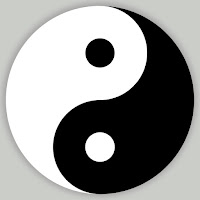Why Men Don't Listen and Women Can't Read Maps: How We're Different and What to Do About It
by
Barbara Pease, Allan Pease
Have you ever wished your partner came with an instruction booklet? This international bestseller is the answer to all the things you've ever wondered about the opposite sex.
For their controversial new book on the differences between the way men and women think and communicate, Barbara and Allan Pease spent three years traveling around the world, collecting the dramatic findings of new research on the brain, investigating evolutionary biology, analyzing psychologists, studying social changes, and annoying the locals.
The result is a sometimes shocking, always illuminating, and frequently hilarious look at where the battle line is drawn between the sexes, why it was drawn, and how to cross it. Read this book and understand--at last!--why men never listen, why women can't read maps, and why learning each other's secrets means you'll never have to say sorry again.
To get a man to listen, give him advance notice and provide an agenda,"" write the husband and wife Peases in this pithy, attention-grabbing guidebook to the differences between men and women. Originally self-published in Australia to wide acclaim, the book weaves together facts from the latest brain research, theories from evolutionary biology and a treasure trove of anecdotal events and conversations collected by the authors during a three-year research trip around the world. Sociobiology has rarely been so entertaining. The Peases say that a woman's brain is wired to be able to speak and listen simultaneously, for example, and they are geared to talk through problems. Men, by contrast, need to clam up. ""He uses his right brain to try to solve his problems or find solutions, and he stops using his left brain to listen or speak."" These brain differences took shape in cave days, according to the authors. Men were hunters and defenders who evolved tunnel vision (as compared to women's vision), while, as nurturers, women not only had broad peripheral vision but sensitive relationship skills. Channel surfing and newspaper skimming are modern ways for a man to cut off from others to privately mull problems, advise the authors. ""Remember, his forefathers spent more than a million years sitting expressionless on a rock surveying the horizon, so this comes naturally to him.... "" Feisty and crystal clear, this controversial work will appeal to readers of both sexes.




